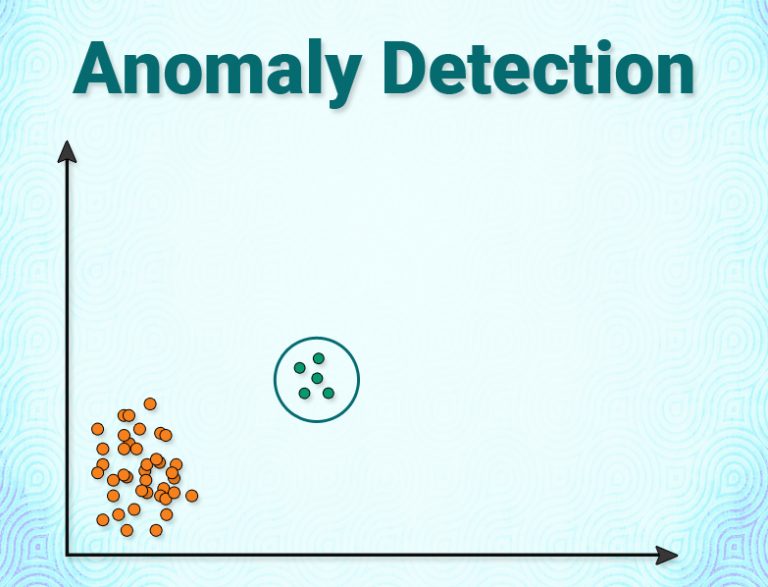A Peek into Anomaly Detection and Why it is Important for your Business?
When you hear the word “Anomaly,” what does it mean to you in the common sense of the term?
Well, it is something that deviates from the standard and set norms, isn’t it?

For instance, if a flock of birds is flying south during winter, and a few birds fly towards the north, this is an anomaly in the natural migrating pattern. While in nature, this would be regarded as the “natural course” in Machine Learning, this would be termed as Anomalies or Outliers. In our daily life, we’re always trying to perform our unique version of Anomaly Detection – anything that violates the internal norms of the society or the world around us is an anomaly.
In the field of Data Science, anomalies refer to data points that do not conform to the behavioral pattern of the other components of the dataset. Anomaly or Outlier Detection is the process of identifying data objects from within a dataset whose behavior patterns are entirely different from the standard behavioral pattern of that dataset.
Anomalies are categorized under three core categories:
- Global – Global Anomaly or Point Anomalies adhere to the fundamental idea of outliers that revolves around two values – one is extremely high and the other, extremely low. It is commonly used in trans-national auditing systems for detecting fraudulent transactions.
- Contextual – Contextual Anomaly or Conditional Anomalies are characterized by values that are highly deviated from the other data points in the same context. So, there can be an anomaly in one dataset’s context but not in the other. For instance, 30⁰C is an anomaly for a Finland winter day, but not an anomaly in another context, i.e. 30⁰C is not an anomaly for a Finland summer day.
- Collective – Collective Anomaly occurs when a subset of data points collectively deviates from the entire dataset, even if the individual data points aren’t anomalous. For example, a chain of large transactions of a particular stock among a small party within a short period hints to market manipulation.
The problem of an Imbalanced Dataset
An imbalanced dataset is a classification problem wherein the class distribution is not uniform – the number of instances of one class outnumbers the instances of another class to a great extent, leading to a class imbalance. It consists of two classes – a majority class and a minority class.
Since the data for anomaly detection consists primarily of imbalanced datasets, anomaly detection models are quite different from other ML models. The three popular techniques for solving class imbalance are:
- Oversampling – In this technique, more observations from the minority class are added. For every observation in the majority class, an observation from the minority class with replacement is randomly selected. By repeating this, you get an equal number of observations from both the minority and majority classes. It is a great choice for situations when you don’t have a lot of data to work with.
- Downsampling – In this technique, observations are randomly removed from the majority class without replacement to create a new subset of majority observation that is equal in size to the minority class.
- SMOTE (Synthetic Minority Over-sampling Technique) – This technique observes the feature space for the minority class and considers its k nearest neighbors, it synthesizes new minority instances between existing minority instances. SMOTE technique generates virtual training records for the minority class through linear interpolation.
Every business – whether small or big – dealing with data, is bound to face some or the other form of anomalies. The key is to nip these anomalies right in the bud for smooth business functioning. Anomaly detection can help prevent harmful intrusions that can cause enormous financial losses and corruption of systems. Since the process picks up even the slightest disturbance in the normal behavior, you’ll be alerted against potential attacks, threats, or faults.
Thinking of whom to contact for intelligent anomaly detection solutions? It’s AISmartz!
 1-888-661-8967
1-888-661-8967

